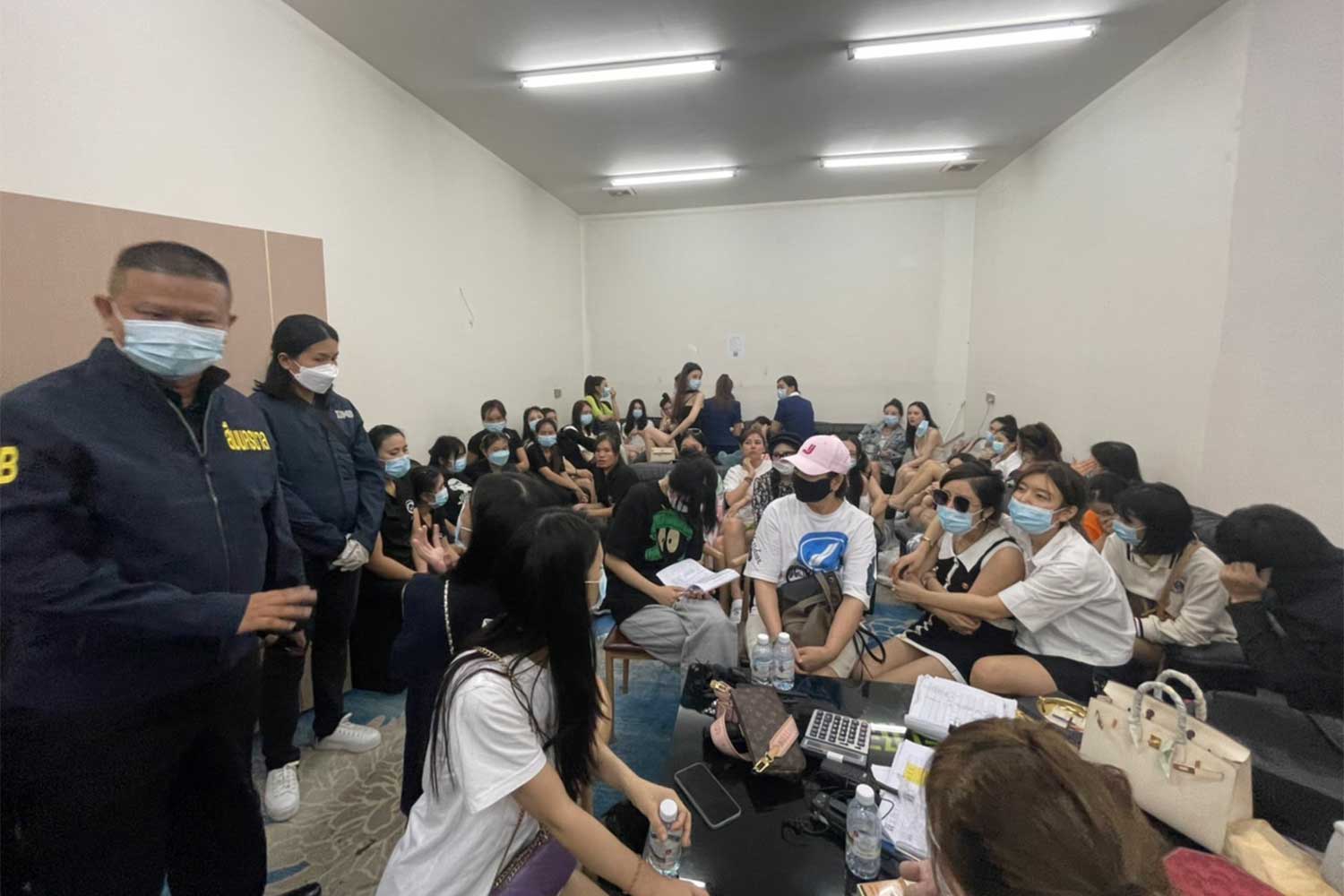-

Bangkok police arrested hundreds of Chinese citizens at a raid on a drug party in the Sathorn area early this morning. The police busted a total of 266 people at a karaoke venue on Charoen Rat Road. 237 of the busted partiers were Chinese nationals, including 111 men and 126 women.
The police reportedly found several kinds of drugs including ketamine, nimetazepam, and “happy water,” a drug cocktail containing MDMA, methamphetamine, diazepam, and ketamine, Nation Thailand reported.
After the group was drug tested, 104 people were found to have drugs in their system, and 99 of the party-goers with drugs found in their system were Chinese nationals, Khaosod reported.
Those arrested were charged with drug usage and working in an entertainment venue without a permit. Officers also confiscated over 30 luxury cars, while the building’s owner was being tracked down for questioning. The police were also investigating if the cars were linked to known drug rings.